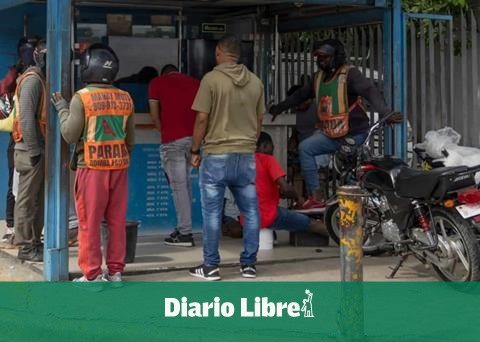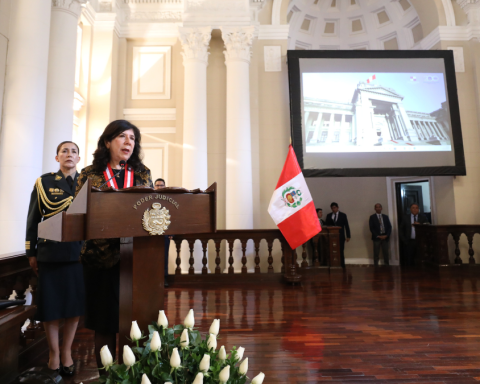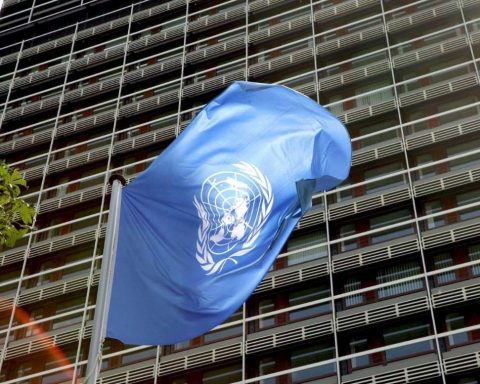The Dominican rice sector represents a fundamental pillar of agricultural production and the national economy.
Some 32 thousand producers dedicate themselves full time to producing this cereal, in three million tasks distributed in 14 provinces.
“However, despite the fact that the national production of rice in 2020 reached 13.5 million quintals and 14 million quintals in 2021, the government, through the Ministry of Agriculture, authorized the import of rice greater than 36 thousand tons (792,000 quintals)”, indicates the agricultural economist and producer Winston Marte.
According to his calculations, this volume of imports increases the inventories of rice in the marketing channels, causing a decrease in the prices paid to the producer by the processors in the sector.
The Ministry of Agriculture published on February 4 of this year the allocation of 21,900 tons of rice (481,000 quintals) under the Free Trade Agreement between the United States, Central America and the Dominican Republic (DR-Cafta). This allocation -explains Marte- should have been put into effect on January 1st to avoid the entry of more rice into the country at times of full harvest and for this to depress the prices to be paid per bushel to producers.
“The current situation is that, specifically in the Northwest Line, the harvest began 15 days ago and last year’s prices are still maintained, which do not cover production costs,” he says.
He calculates that a fanega of paddy rice (100 kilograms) is 2,325 pesos, while the cost of production, which was around 7,000 pesos per task, increased to 9,500. This increase in cost has been pushed at the same time by the rise in prices of fertilizers, pesticides, supplies and services necessary for production. Meanwhile, the National Federation of Rice Producers (Fenarroz) has held meetings in the main rice-producing provinces, seeking to unify the sector on the situation (defined as serious by the organization) and demand that the authorities define a price that allow to cover production costs and obtain a minimum profit margin.
Unlike what happens with other agricultural products, in the case of rice, prices are not set freely or capriciously by the producer or miller, but rather are determined by the National Rice Commission (Cona), clearly establishing a “floor ” and a price “ceiling”. In practice it is like that.
The Cona is made up of a representation of the rice producers, a representation of the private processors or factory owners (millers), a representation of the Agrarian Reform farmers and the public sector authorities, in this case the Ministry of Agriculture. .
what has been happening
Fenarroz has participated in the meetings of the Cona, an entity where in the last 20 years the necessary consensus and agreements were achieved to set the minimum and maximum price of paddy rice. “There had been stability for more than two decades, in prices for producers, in the sense of buying rice, and in the price of the finished product for consumers,” recalls Winston Marte.
Thanks to technological advances and the development of two new varieties of rice (Juma 68-18 and Juma 69-20), released in 2018 and 2019, the volume of rice production ranges between 13 and 14 million quintals of rice white per year, sufficient quantity to satisfy the national demand.
This indicates that, beyond what is authorized by law by DR-Cafta, as a tariff quota, greater imports are not required at the moment to cover local demand.
It is estimated that rice production generates a national economy of around RD$18.9 billion and between 250,000 and 280,000 direct and indirect jobs.
It is the most important food crop for Dominicans and with the greatest socioeconomic impact in the country.
A strong blow if they arrive when harvested
The fact that rice is harvested in 14 provinces means that it impacts almost half of the country, taking into account that there are 32 provinces.
Traditionally, the rice that enters as a tariff quota and when there has been a need due to shortages, does so in January-February and between the end of November and December, which are times when the cereal harvests have passed. However, the latest imports have been seen specifically in April and September, says Winston Marte. The first spring harvest begins in April (the Cibao does it, although Monte Cristi and the Northwest Line start perhaps a little earlier) and then in August-September and October there is the other part of the harvest.
The entrance Contingencies in “bad weather” affect rice farmers was first published in The Caribbean Newspaper.

















